
Noxious Weed Management
Noxious weeds are an ongoing problem in the Islands and beyond. Noxious weeds that we can remove and manage include (but are not limited to):
-
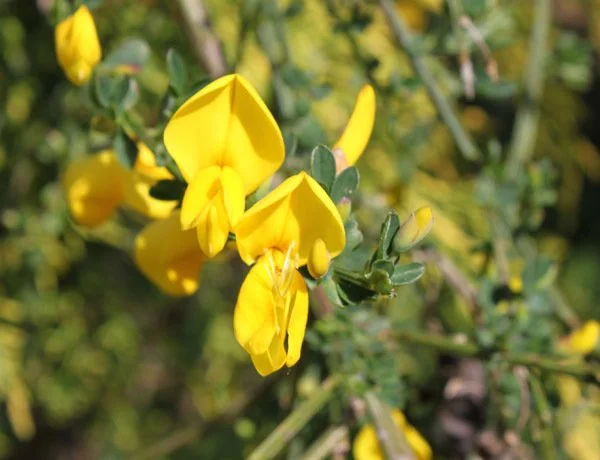
Scotch Broom
Scotch Broom is highly invasive and spreads quickly in disturbed soils. It overtakes open habitats (prairie,rocky bald etc) and shades out the plants native to that ecosystem. Dense stands can be a fire hazard. Seeds can be viable for more than 60 years.
-
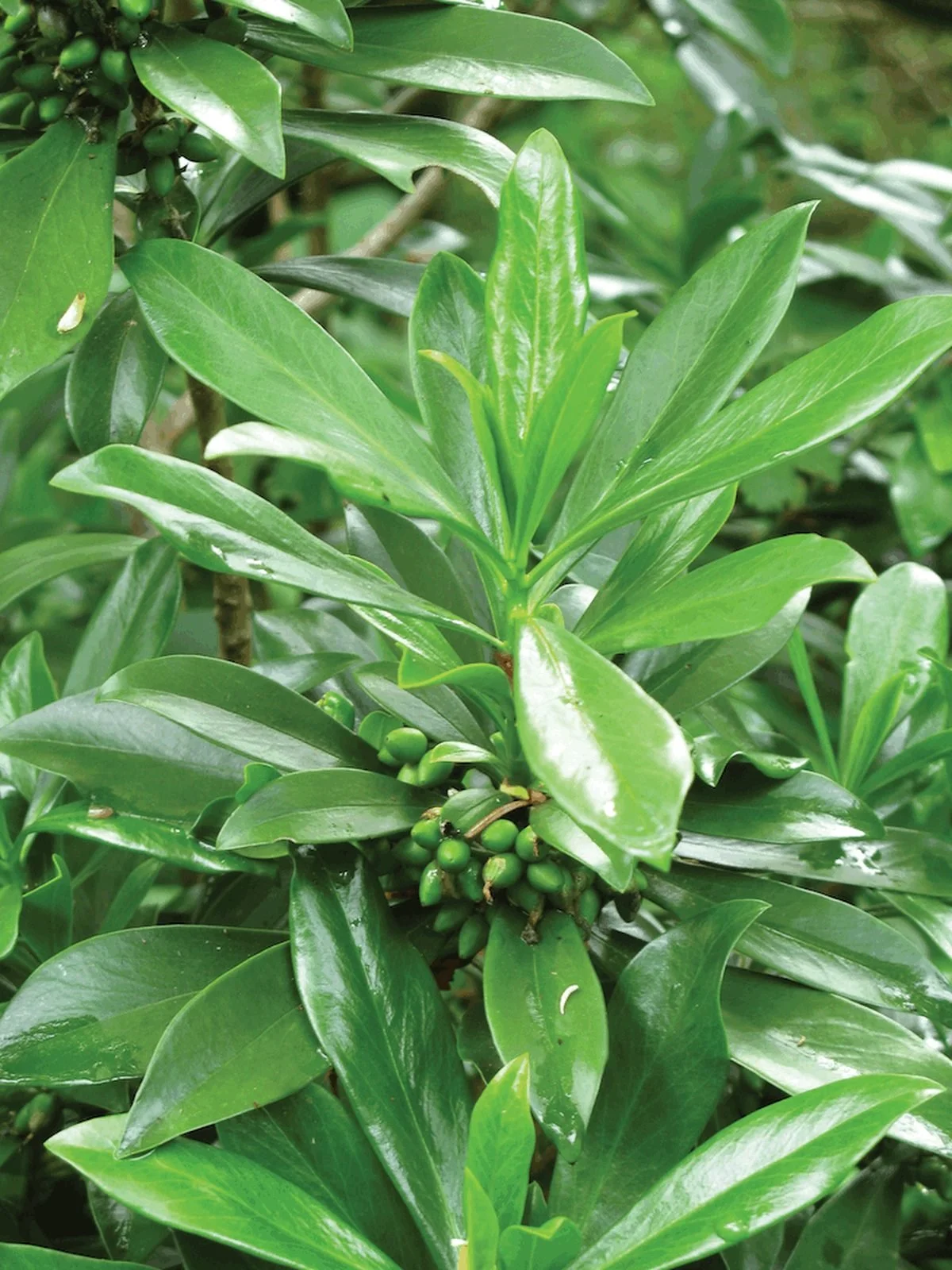
Spurge Laurel
Toxic and spreads aggressively. Outcompetes native species.
-

Holly
Agressive and hard to manage when established. Birds love the berries and accelerate the spread.
-
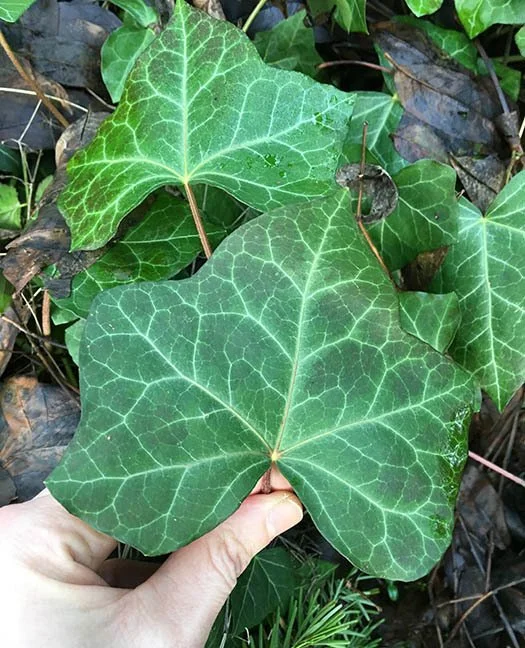
English Ivy
Spreads quickly and can kill trees and cause structural damage to buildings.
-
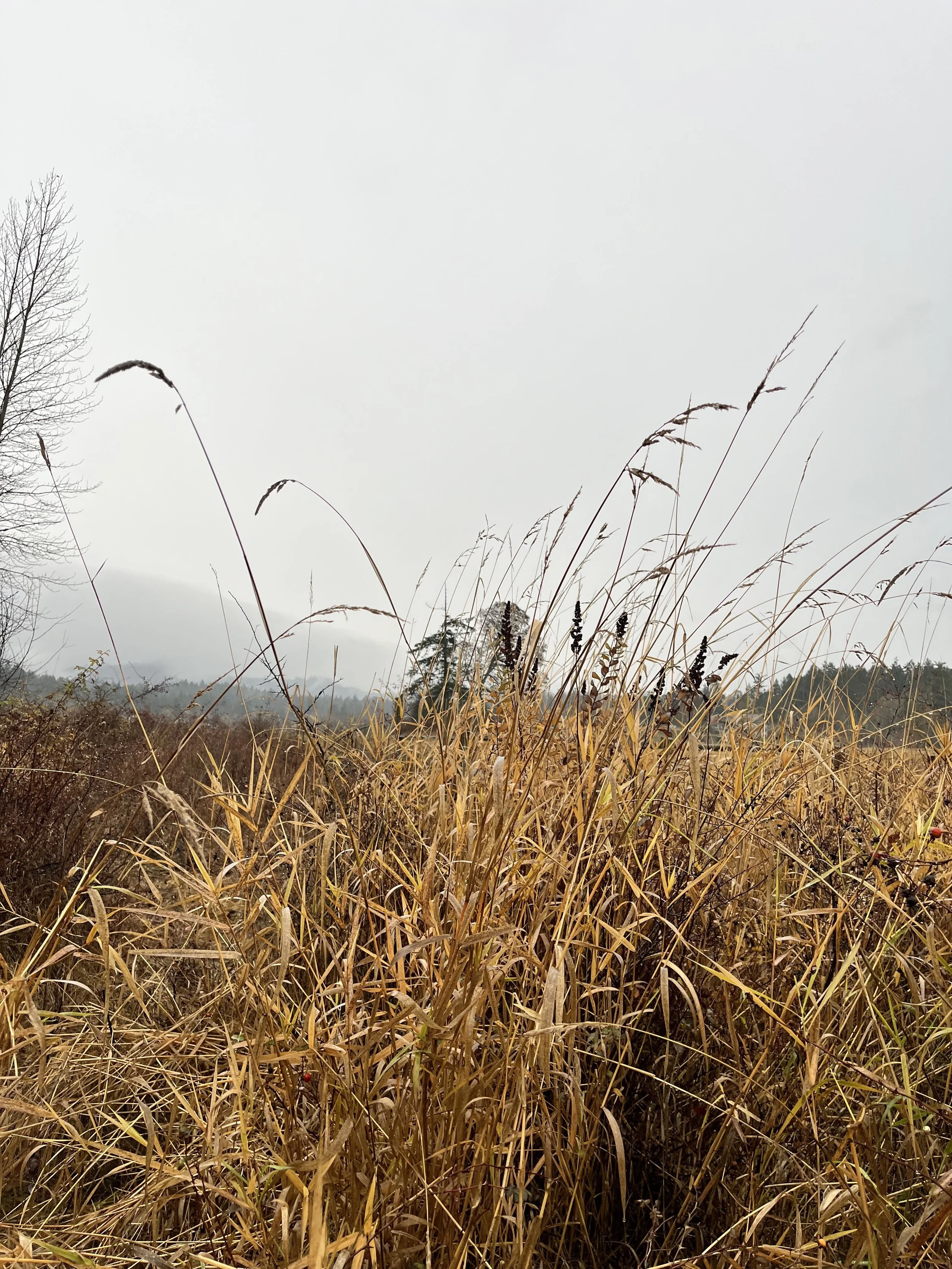
Reed Canary Grass
This wetland loving grass is very aggressive and tall, shades and outcompetes any other species of forb, grass or tree trying to get established in riparian areas where it is present. Forms a thick rhizomatous mat.
-
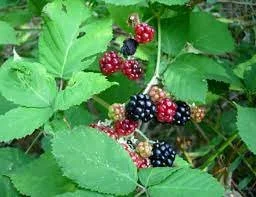
Himalayan and Cutleaf Blackberry
Although very tasty, both varieties of blackberry can completely invade disturbed and historically open sites, shading out any native species.
-
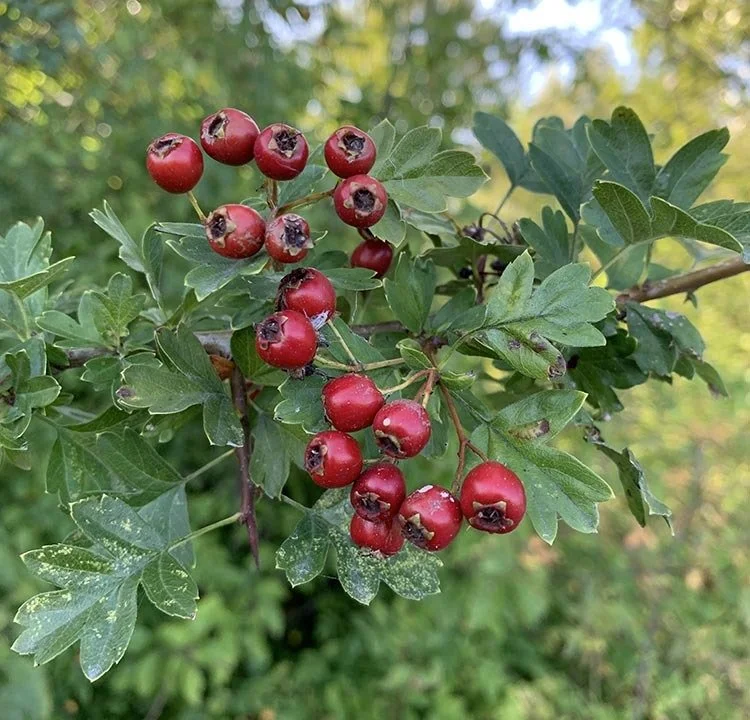
English Hawthorn
Very aggressive and hard to manage when it gets established. The berries are a favorite with local birds, and little seedlings come up anywhere birds like to perch. Can hybridize with the native Black Hawthorn, posing a threat to the reproduction of native hawthorns.
-
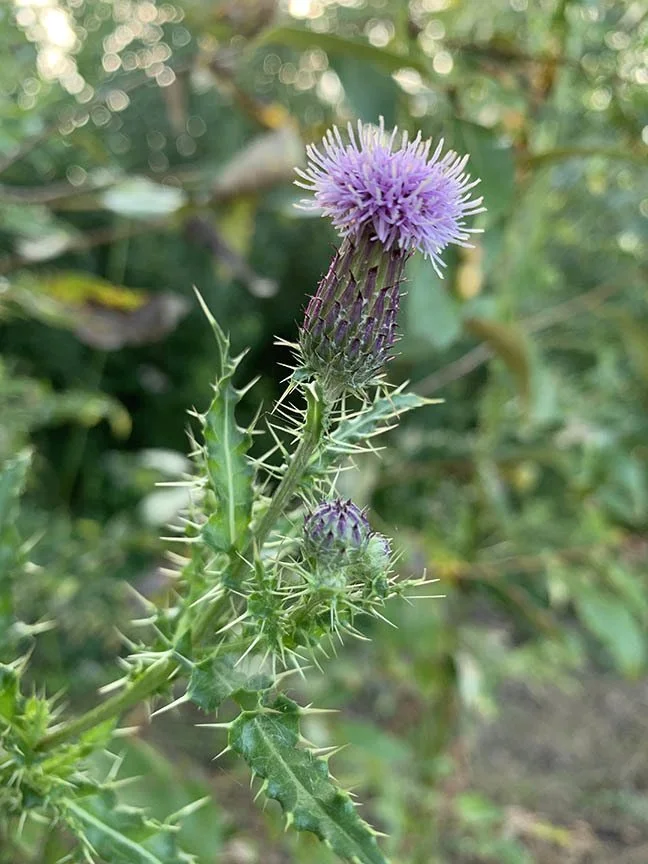
Bull and Canada Thistle
Quick and spiky spreaders that produce thousands of seeds per plant. Seeds can be viable for up to 20 years.
-
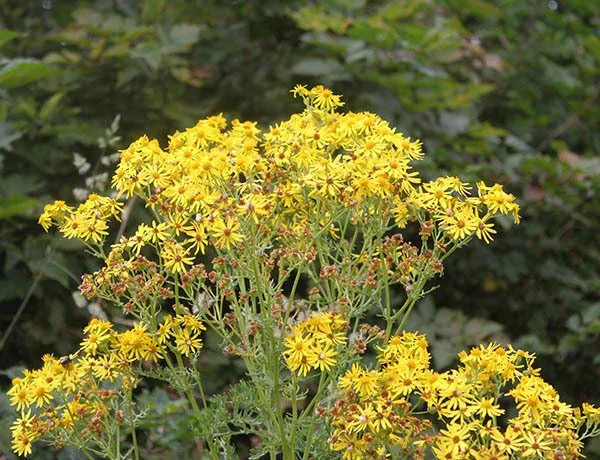
Tansy Ragwort
Toxic to cattle and other livestock.
All images (excluding Reed Canary Grass) property of the Washington State Noxious Weed Control Board
